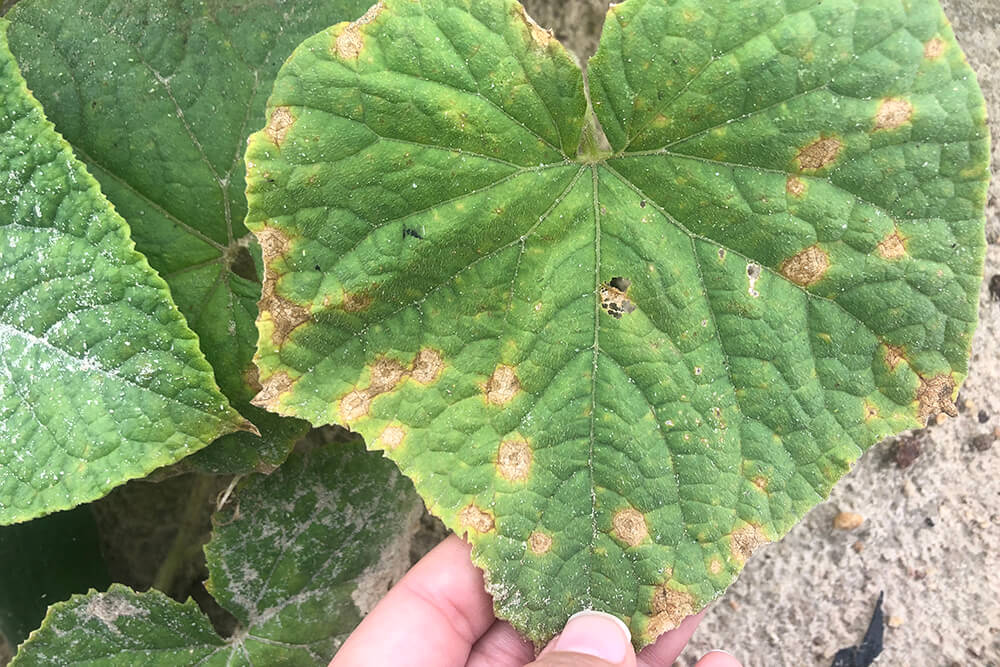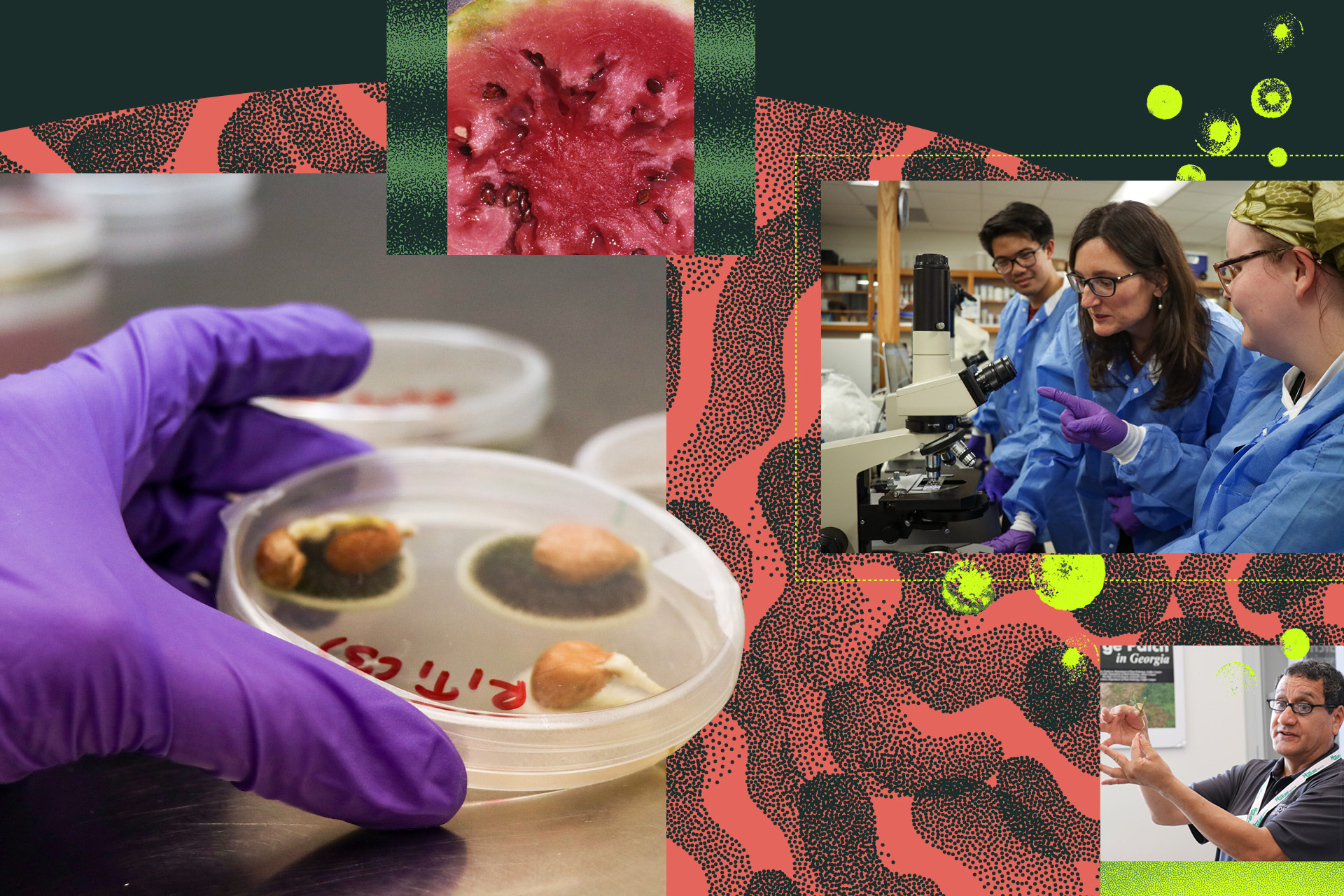With the recent wet weather, mushrooms are popping up everywhere, particularly in lawns.
As a University of Georgia plant pathologist, I get numerous calls and emails concerning mushroom identification. People are curious and always want to know if the mushrooms are poisonous. Dogs (Labradors in particular) seem to eat mushrooms and we get calls from veterinarian offices about identifying mushrooms because a dog is in liver failure or very sick.
First and foremost, we cannot positively identify mushrooms from a picture. Even if we can identify the mushroom, there is no guarantee that the mushroom growing right next to the one imaged is the same species. So, one may be OK and the other highly toxic. For this reason, I never comment on the edibility of a mushroom from an image.
There is a saying about mushrooms. “All mushrooms are edible, just some are only edible once!”
To help with mushroom or conk identification, answer these questions:
- Does it have a stipe (i.e. stem)?
- Is the cap hard or soft, smooth or rough?
- Does it have pores, tubes, gills, or teeth on the underside of the cap/conk?
- What color is its flesh (cap, stipe, etc.)?
- What color are the spores (from a spore print)?
- Does it change color when bruised?
- Are there any other distinguishing features?
- What is the host it is growing in/on (i.e. turf, oak, etc.)?
For example, I took a mushroom that was growing in a lawn. The mushroom has a stipe and has a white cap and gills. I made a spore print by removing the stipe and placing the cap gill-side down on paper. I used white and black construction paper and placed the cap so half of it was half on the white and half on the black.
If the mushroom had white spores, I would be able to see them on the black paper. From the spore print, I saw that the spore color is olive-green. There is only one fungus with these characteristics - Chlorophyllum molybdites, a common fairy ring mushroom. Although this mushroom is usually not lethal, it is poisonous and causes severe gastrointestinal distress (vomiting and diarrhea) if eaten.
For your stomach’s sake and your overall wellbeing, never eat an unidentified mushroom.
University of Georgia Cooperative Extension specialists say do not eat any mushrooms growing in lawns and certainly ones that have not been identified by a expert. Many are poisonous to some degree. At the very least, they will make you sick. At worst, you can die. Don't take the risk.
To prevent accidental ingestion of mushrooms by pets and children, rake, mow over, or otherwise remove the mushrooms from your lawn.






.png)
